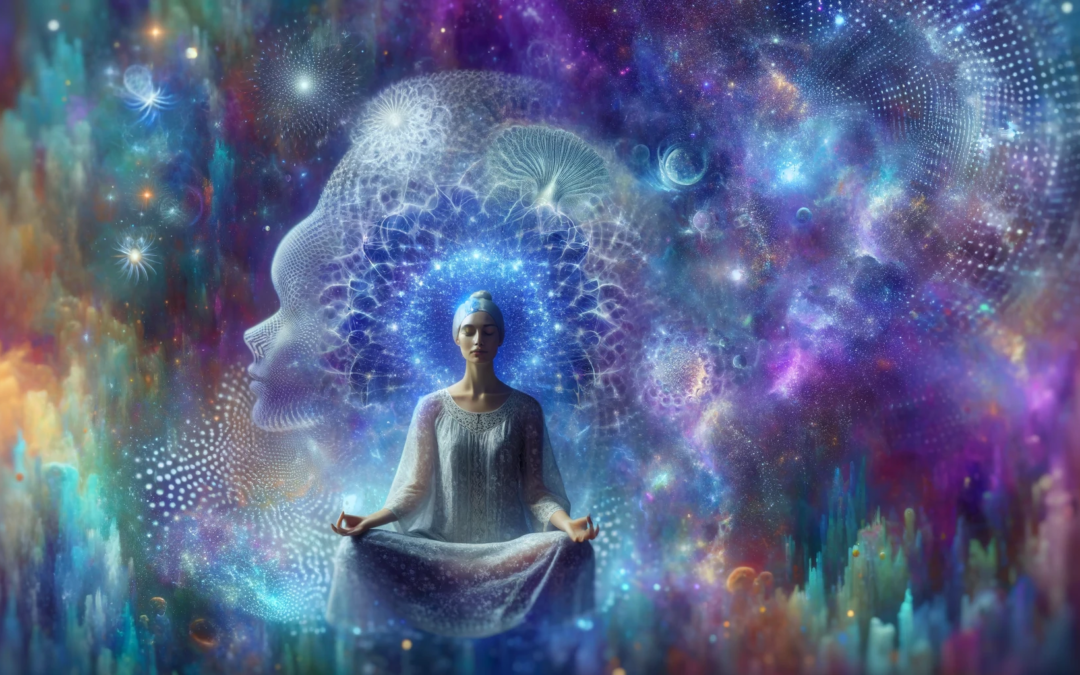Embarking on a journey not through the vast expanse of outer space, but through the equally profound and uncharted territories of the human mind, the inner astronaut, or psychonaut, navigates the depths of consciousness. This exploration is akin to a cosmic odyssey, only it traverses the intricate galaxies of human thought, emotion, and perception.
The term ‘psychonaut’ emerges from the Greek roots for ‘mind’ (psyche) and ‘sailor’ (nautes). It paints a vivid image of individuals who, akin to astronauts venturing into outer space, explore the inner realms of the psyche. These explorers utilize various means, such as psychedelics, meditation, and sensory deprivation, to alter their conscious state, much like a spacecraft alters its course in the vastness of space.
Psychedelics play a pivotal role in the journey of many psychonauts. These substances, capable of inducing significant changes in perception, thought, and mood, serve as keys to unlock the deeper layers of the mind. From ancient shamanic rituals involving natural hallucinogens to modern use of LSD, psilocybin, and DMT, these tools offer a passage into realms of heightened introspection and profound insight. The psychonaut’s quest, however, transcends the psychedelic experience itself. It extends into the integration of these experiences, seeking to glean a deeper understanding of the self and the cosmos.
Meditation, another instrument in the psychonaut’s toolkit, offers a path to altered states of consciousness through discipline and introspection. Methods like mindfulness, transcendental meditation, or deep contemplative practices enable psychonauts to attain states of profound tranquility and insight. In these states, they explore the nature of consciousness, confront personal fears, and uncover subconscious patterns.
Sensory deprivation, achieved through float tanks or dark retreats, strips away external stimuli, compelling the psychonaut to turn inwards. This isolation can catalyze heightened self-awareness, creativity, and introspection, revealing insights of both a personal and philosophical nature.
Despite the allure of these journeys, the path of the inner astronaut is laden with risks and challenges. The exploration of the mind’s depths can uncover territories that are perplexing, sometimes unsettling. It requires a balance of curiosity and caution, an understanding of the psyche’s delicate nature, and a profound respect for the powerful modalities employed.
Ethically, the realm of psychonautics navigates a complex landscape. The use of psychedelics, for instance, poses questions surrounding legality, mental health, and the potential for misuse. Yet, this exploration also harbors immense therapeutic potential, offering pathways to healing and transformation that traditional approaches may not reach.
Moreover, the societal and cultural implications of psychonautics cannot be ignored. In many cultures, the exploration of the mind’s depths through substances or meditative practices has been revered, seen as a pathway to enlightenment or deep personal insight. In contrast, modern Western societies have often viewed such practices with skepticism or outright prohibition, reflecting a broader tension between materialist and spiritual understandings of the mind and consciousness.
The journey of the inner astronaut also intersects with the burgeoning field of neuroscience. As our understanding of the brain and consciousness expands, so too does our comprehension of the experiences and insights gained through psychonautic exploration. This intersection promises not only deeper scientific understanding but also potential advancements in mental health treatment and personal growth.
In the grand narrative of human exploration, the psychonaut, as an inner astronaut, stands as a beacon of our enduring quest to understand the unknown. Just as we gaze into the night sky and dream of distant worlds, so too do we look inward, driven by a curiosity about the mysteries within our own minds. The journey of the psychonaut is a testament to the human spirit’s unquenchable thirst for knowledge, not across the stars, but within the deepest reaches of the human soul.
In summary, the inner astronaut’s journey is a multifaceted exploration of the human psyche, utilizing tools like psychedelics, meditation, and sensory deprivation. It is a path fraught with both wonder and caution, demanding a deep respect for the intricate landscape of the mind. This exploration, at the intersection of science and spirituality, continues to unravel the enigmatic tapestry of consciousness, offering profound insights into the nature of reality and our place within it.










